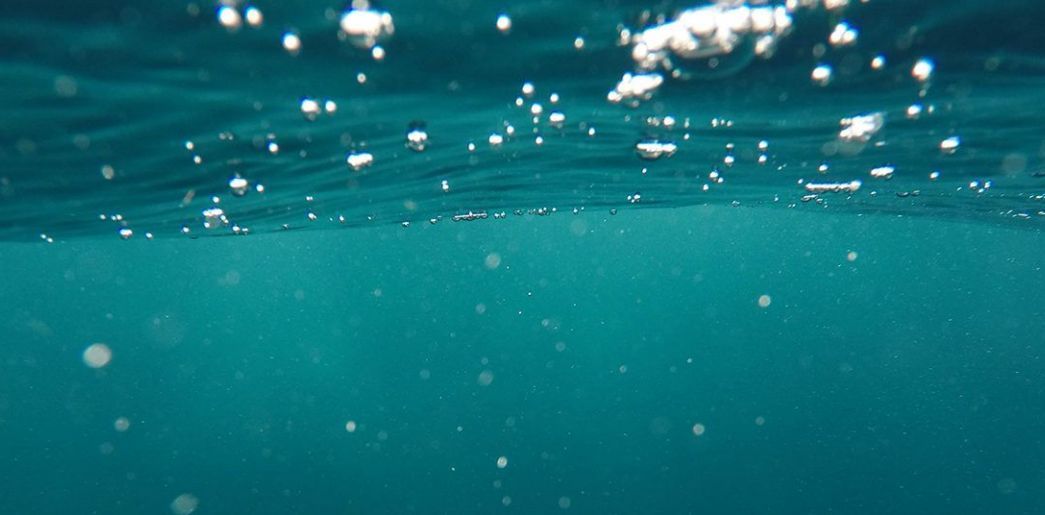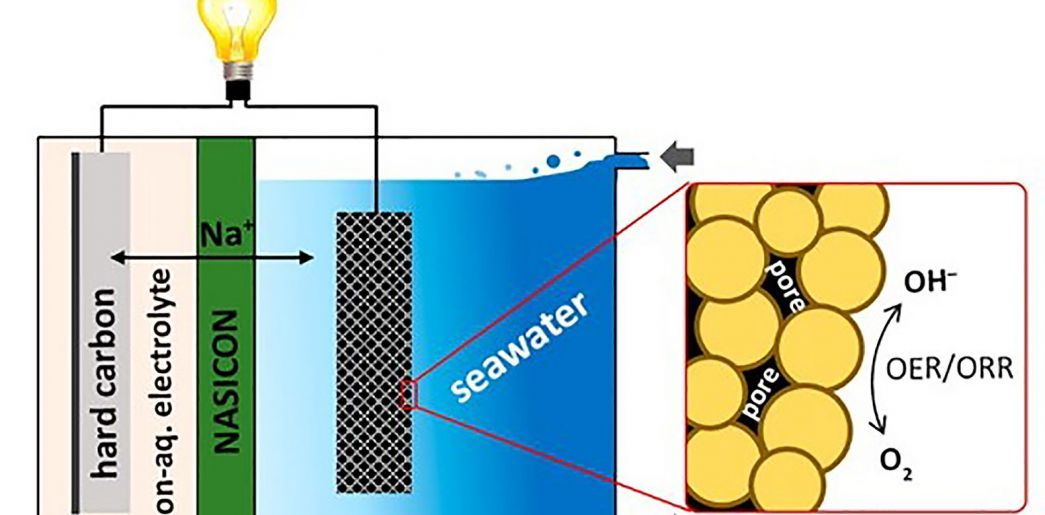AWARD YEAR
2017
CATEGORY
Home
GOALS
Affordable & Clean Energy
KEYWORDS
seawater , Battery
COUNTRY
Republic of Korea
DESIGNED BY
Jae-Kwang Kim, Franziska Mueller, Hyojin Kim, Dominic Bresser, Jeong-Sun Park, Du-Hyun Lim, Guk-Tae Kim, Stefano Passerini and Youngsik Kim, UNIST.
WEBSITE
http://www.nature.com/am/journal/v6/n11/full/am2014106a.html
Rechargeable-hybrid-seawater fuel cell
Seawater battery
This system is an intermediate between a battery and a fuel cell, and is accordingly referred to as a hybrid fuel cell. The circulating seawater in this open-cathode system results in a continuous supply of sodium ions, which gives this system superior cycling stability that allows the application of various alternative anodes to sodium metal by compensating for irreversible charge losses. It turns out seawater serves as an excellent catholyte – a cathode and electrolyte combined together. In a paper published in the ACS journal Applied Materials & Interfaces, the researchers state: “A constant flow of seawater into and out of the battery provides the sodium ions and water responsible for producing a charge.”
This seawater battery can be compared against lithium-ion batteries by measuring discharge voltage. The seawater battery had an average discharge voltage of around 2.7 volts, according to ACS, while the same statistic for a lithium ion battery is 3.6






